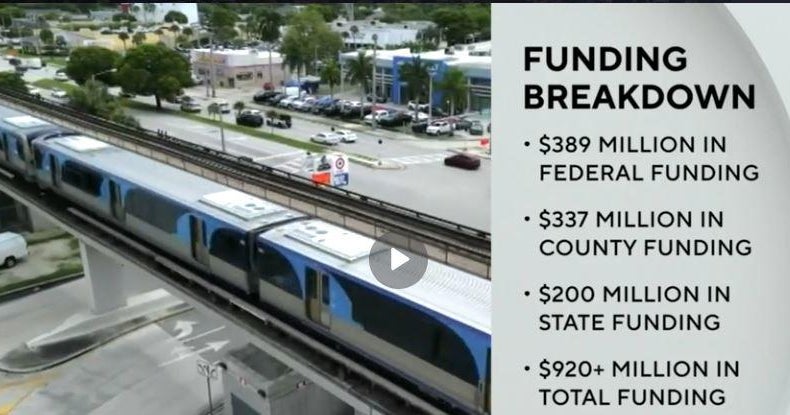More than 300,000 student loan borrowers got monthly bills with the wrong amount
(CNN) - An estimated 305,000 people initially received federal student loan bills with the wrong amount - many with charges higher than they should be - when payments resumed this month after a three-plus-year pause.
The Department of Education identified the errors and directed student loan servicing companies to place the impacted borrowers in an administrative forbearance during which they are not required to make payments.
"Because of the Department's stringent oversight efforts and ability to quickly catch these errors, servicers are being held accountable and borrowers will not have payments due until these mistakes are fixed," the Department of Education said in a statement sent to CNN.
"While we regret any error, the Department is working closely with student loan servicers to ensure that they are providing borrowers the information they need and holding servicers accountable when they do not," it added.
The bill errors were first reported by CBS.
The mistakes impact roughly 1% of the 28 million borrowers entering repayment for the first time since the pandemic pause was put into place in March 2020.
But for those affected, the mistakes add to the stress some borrowers already feel as they try to fit their monthly student loan bills back into their budgets.
"It causes a lot of anxiety. They're not going to relax until they actually see the lower payment they expect," said Betsy Mayotte, president of The Institute of Student Loan Advisors, a nonprofit that provides free student loan advice.
Who's received inaccurate bills?
The student loan bill mistakes do not appear to be specific to a certain type of borrower.
It's unclear exactly what's causing the problems, according to Mayotte.
Mayotte has encountered some borrowers whose bills had outright math errors. She's also seen some people who were placed in a standard, 10-year plan - with a higher monthly payment - despite having previously been enrolled in an income-driven plan, which calculates payments based on income and family size.
Other borrowers whose loans were recently transferred from one servicer to another have found that some of their information has not transferred correctly. Millions of people have different loan servicers now than the last time they made a payment because several companies ended their contracts during the past three years.
Complicating matters further is the launch of a new income-driven plan called SAVE (Saving on a Valuable Education). The new repayment plan offers the most generous terms and will likely offer the smallest monthly payment for the lowest-income borrowers - but it went into effect this summer, and some borrowers who applied in August or September are still waiting for their applications to be processed.
What borrowers should do if their bill looks wrong
Borrowers who believe their monthly payment amount is wrong should first double-check with StudentAid.gov's simulator, which helps people calculate what their monthly payment should be and what repayment plan is best for them.
If the amount looks off, Mayotte recommends that the borrower call the loan servicer - and continue to call until someone on the phone gets the bill corrected.
Some borrowers have had to wait hours on hold to connect with a customer service representative, and student loan servicer websites have been sporadically down since interest resumed accruing on federal student loans on September 1.
Mayotte also warned about scammers that mislead borrowers with offers to lower their student loan payment for a fee.
Borrowers whose bill is correct but who miss a payment right now will not face the normal financial consequences, thanks to a temporary on-ramp period created by the Department of Education.
Until September 30, 2024, a borrower won't be reported as being in default to the national credit rating agencies, which can damage a person's credit score. But because interest will still accrue, borrowers aren't off the hook entirely.



